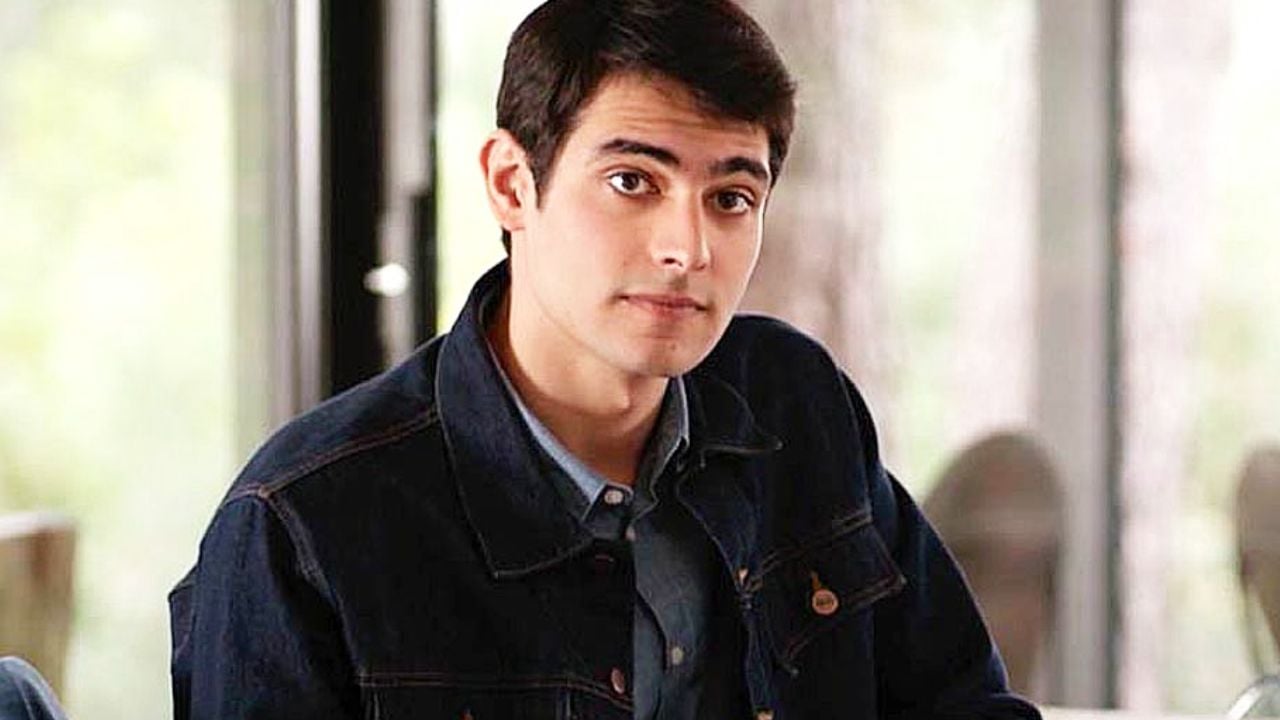We hardly have an adequate technical system for inclusion
When we have a child with autism, our first intention is to protect and, at the same time, enhance his potential. At school age, these concerns guide the choice of the institution to which we will entrust our most precious asset. However, we may not have enough information to make a good choice.
As regards private institutions, it is necessary to point out that they are very different from each other. In some we can highlight the presence of fabulous technical inclusion processes, and there are others that are receptive and dedicated to students with or without disabilities. So, the first thing to do is look at your region and what makes it special.
However this does not appear to be the rule. Most private schools do not have space for the sometimes differentiated time of the person with autism, for the awareness in the classroom and for the extensive individualized planning that these children need (and are entitled to).
Despite the 2013 technical note, which clarifies that law 12.764/12 obliges private educational institutions to pay the school mediator at no additional cost, the truth is that this rarely happens. And let’s not forget the magical effect of autism on the enrollment positions of many of them, which disappear instantly as soon as the diagnosis is communicated.
To public schools
At the other extreme, we have public schools, which are normally not capable of making children learn as much as private schools (the most notable exceptions are coeducational schools with technical education, such as Federal Institutes). However, when it comes to school inclusion, the truth is that they are much more open, with a greater willingness to listen to other parties (such as therapists), to adapt processes and to focus efforts on children with disabilities.
Perhaps the most significant differences in favor of public schools are:
- a) there is greater receptivity on the part of people with disabilities;
- b) there is a greater probability of obtaining a school mediator without legal action (and if there is, the case is against the Municipality and not against the director);
- c) there is a minimal inclusion structure, generally with a multi-functional resource room teacher.
Nonetheless, depending on the municipality or region in which the public school is located, even with all good will, other factors such as violence or intense teacher turnover can seriously hinder the academic development of a child with ASD.
Furthermore, we hardly have an adequate technical system for inclusion, with a team prepared for aggressive situations or with adequate evaluation and educational planning.
Tips for parents
I would like to suggest some points for parents to decide on: An Asperger who is very good academically and has mild socialization problems may benefit from stronger content in private school, as long as it is supported with social skills interventions. A moderate to severe child will tend not to follow a strong pace and may clash with a traditional school (public or private).
Are there repeated cases of violence among students at school? If so, it’s best to avoid it. Does the money spent on private schools lack adequate interventions? If so, it may not be a good option.
Paying attention to this last point, we must remember that an adequate intervention for autism is unfortunately not offered by public authorities and is rather expensive, so much so that covering the costs and even financing a private school is inaccessible to the majority of the population.
Therefore, if there is a risk that private school will threaten the financing of the intervention, it is better to prefer public school and ensure that there is a therapeutic team dedicated to your child and which also supports his/her educational inclusion, wherever he/she is. .
Lucelmo Lacerda is a doctor in Pedagogy and author of the book “Critique of pseudosciences in Special Pedagogy – Paths for evidence-based inclusive education”.
Source: Terra
Ben Stock is a lifestyle journalist and author at Gossipify. He writes about topics such as health, wellness, travel, food and home decor. He provides practical advice and inspiration to improve well-being, keeps readers up to date with latest lifestyle news and trends, known for his engaging writing style, in-depth analysis and unique perspectives.









